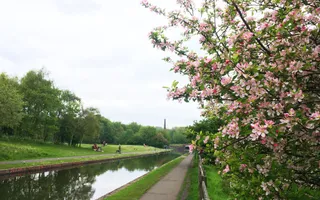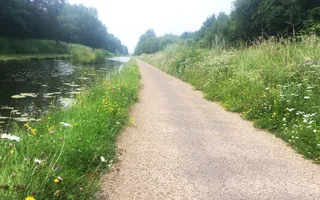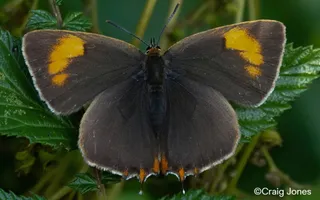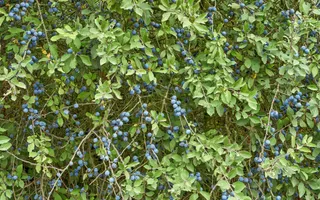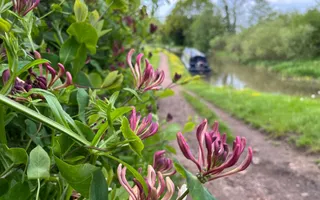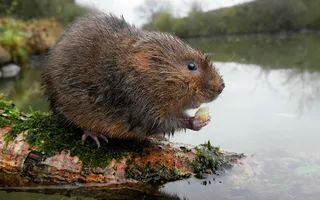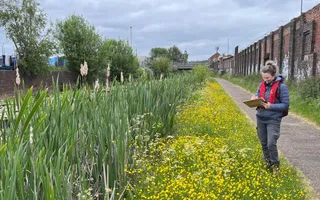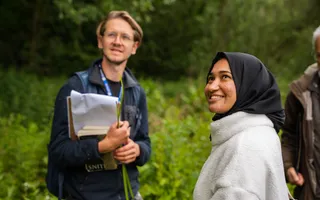Hedgerows offer fantastic habitats for many wildlife species because they act as a 'superhighway', connecting different landscapes together through an abundance of plants and flora.
Our plans to improve stretches along the Grand Union, Oxford, Stratford, Staffordshire & Worcester, Droitwich and Shropshire Union canals will encourage more species to the areas and connect fragmented populations.
Populating with pollinators
Focusing on pollinators, we will be planting a variety of native hedgerow species including blackthorn, buckthorn, elm, wild privet and barberry, as well as fruiting trees like cherry plum, bullace and common pear. We will also add wildflower seeding to the ground below the hedgerow and in grassland spaces on opposite waterway banks. Along waterway fringes, we will plant larval and nectar species to improve foraging opportunities.
There will also be regular maintenance and cutting of the hedgerows to keep them healthy and useful to species.


